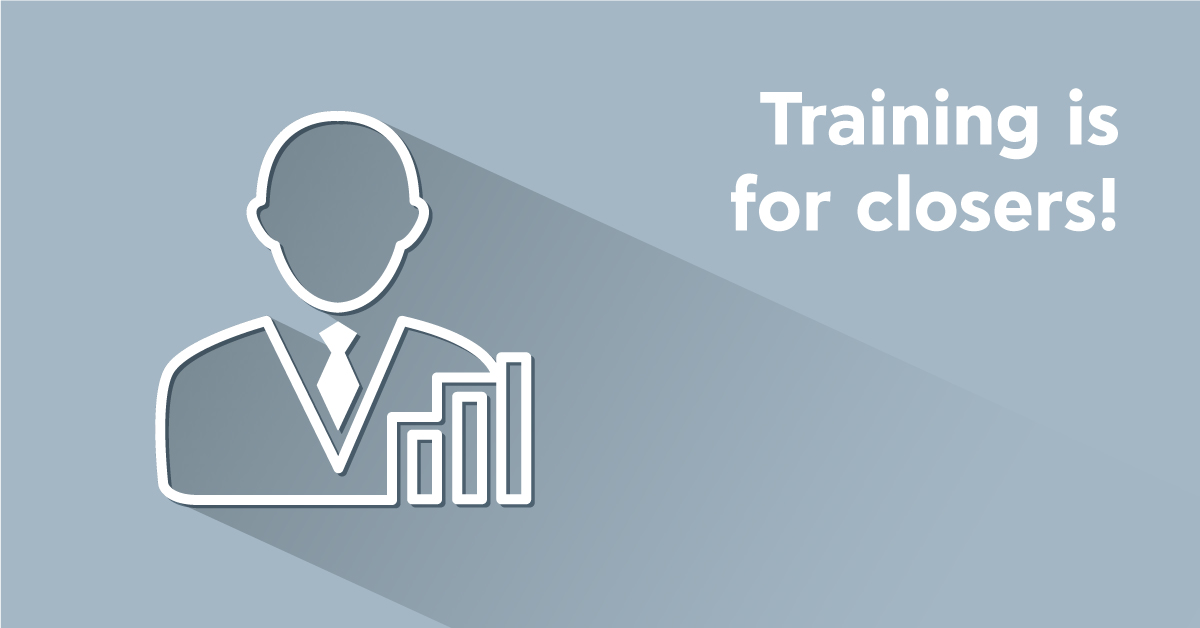By now, what we call the “2020 Information Age”, knowledge has become an asset. As a business organization, operating to improve and diversify assets, you may be wondering how on earth did an asset become:
A. Intangible
B. Immeasurable
And all the while you thought, your eLearning efforts had been enough to generate “knowledge” within your company to coax in enough ROI, the much anticipated green bills.
In short, as a dedicated business professional, you believed you had invested enough time, efforts and money to create eLearning courses to generate knowledge within your organization that would in turn bring in profits.
Sorry to burst your bubble! While your intentions are pure, your strategy and perspective might not be aligned with your intentions.
Knowledge within your organization, generated through eLearning is not ready to be consumed or utilized as an organizational asset (knowledge capital) until it is formally managed.
Think: Knowledge + Management = Knowledge Management.
Using best practices in knowledge management and eLearning development, you can actually retain the knowledge capital within your organization to perform better and more efficiently, both on the business front and in-house.
We would like to assure you that this is no new phenomenon or “buzz word”. It is simply integrating two processes using the many technology tools available to channel knowledge and information to the right place at the right time for the desired business decisions and activities.
Your Intangible Asset: Knowledge Capital
Before we begin, no, this is not “Human Resources 101”. We are by no means trying to brush up your employee management skills.
The star of the discussion here is “knowledge” and how it is the key intangible asset that needs to be measured periodically to match your organization goals. As with any business activity or process, we go back to your organization’s goals.
Think about your core vision as a company. You may be a product or a service oriented business, but your aim is to improve and become the best. You hire experts and you hire experience. You invest in trainings and you want to see a difference.
What have you invariably generated?
Knowledge. A knowledge culture. A knowledge culture unique to your organization.
What you have is tacit and explicit knowledge in the form of precious intuition, insight, experience, perspective, “know how”, “know what”, “best case scenario”, talent, “insiders secrets” and lessons learnt.
But where do these wonderful adjectives exist?
In the minds of your employees.
Your objective here is to retain this knowledge by organizing the information about it, so that it is managed systematically as haphazardly it is created! You see, anything created by humans is automatically chaotic, until a tool comes to the rescue.
Knowledge management strategy and tools will help retain and measure your company’s invaluable asset: its knowledge.
Remember, eLearning is another tool to create more knowledge. How can you manage and retain this knowledge?
Knowledge is an intangible asset that can be measured by applying knowledge management strategies to your learning management system.
First things first, let’s look into the definitions and key touch points of the concepts “knowledge management” and “eLearning”. Then attempt to combine both.
What we get is an informed knowledge and learning management system. Believe us, it is not as easy as it sounds, but critically essential in this “2020 Information Age”.
What is Knowledge Management?
Most conventional definitions say: Knowledge Management (KM) is the process of capturing, developing, sharing, and effectively using organizational knowledge.
It refers to a multi-disciplined approach to achieving organizational objectives by making the best use of knowledge.
What is eLearning?
And we know eLearning as: Learning conducted via electronic media, typically on the Internet.
How to combine Knowledge Management and eLearning
Best practices in knowledge management indicate overlapping processes between KM and eLearning:
- Knowledge creation and acquisition: Your eLearning courses actively harness knowledge from credible and current sources and make it device independent and accessible.
- Knowledge organization and storage: Your learning management system is the knowledge hub that stores and organizes your courses in categories.
- Knowledge distribution and integration: Since all the learners are registered in your course, you will be able to distribute this knowledge fast and efficiently. Once learners apply their learning in the work context, they are integrating their prior knowledge with new one to acquire the desired skill.
- Knowledge adaptation and application: Creating a culture of innovative business practices through newly acquired knowledge.
- Knowledge evaluation, validation and refinement: The successful and widespread application of your courses, measured through successful evaluation procedures. Improving courses in increments to suit both learners and organization needs.
We simply explained how both KM and eLearning complement each other. But how do you retain knowledge as a valuable asset?
Knowledge is either tacit or explicit. Tacit knowledge that is unspoken is hard to capture. Explicit knowledge is shared freely in your eLearning courses.
Research indicates that the best strategies to measure tacit or invisible knowledge is through developing a community of practice (COP) within your learning environment.
Tools available to combine both: Your Learning Management System
Almost two decades ago, Nonaka and Takeuchi developed the SECI Model for Knowledge Management (Socialization, Externalization, Combination and Internalization).
Apply this model to your learning management system and your eLearning environment will embody knowledge management. Learning management systems can become excellent resources to develop COP.
Here’s how:
- Socialization: eLearning is all about social learning. Tacit knowledge is freely transferred between learners and mentors. The goal, for KM implementation is to categorize discussions in chat rooms and forms under clear topics. This enables both returning and new learners to capture key points easily. Measure the gap and the need for knowledge.
- Externalization: Converting tacit knowledge into explicit knowledge in the form of eLearning courses. As a course moderator, notice recurring problems and misunderstandings. Do they indicate a need for a new course? Based on expert and learner discussions and resources, create a new course to meet this need. Measure the new topics developed for your organization.
- Combination: Explicit knowledge is connected with other explicit knowledge in the repository. Based on responses from learners and experts, update and edit your learning courses into shorter, powerful knowledge objects. Measure new courses developed for your organization.
- Internalization: Explicit knowledge from eLearning courses is extracted and converted into tacit knowledge in the form of skills and competencies. Use assessments to determine and measure employee learning.
Most learning management systems are well equipped with enough bells and whistles to take you cross-country, non-stop. What we are merely implying, is that in general, learning management systems have features that can be utilized to reinforce knowledge management practices, while they serve as an eLearning junction within your company’s intranet.
All you lacked was an insight, an “ulterior motive” to use your learning management system as a powerful tool that recombines information about knowledge and knowledge about information.
In the next article, we will explain how the various knowledge management strategies can be integrated in your physical and online learning environment to truly retain your knowledge capital and establish a learning organization.
| Tags: Corporate Training


